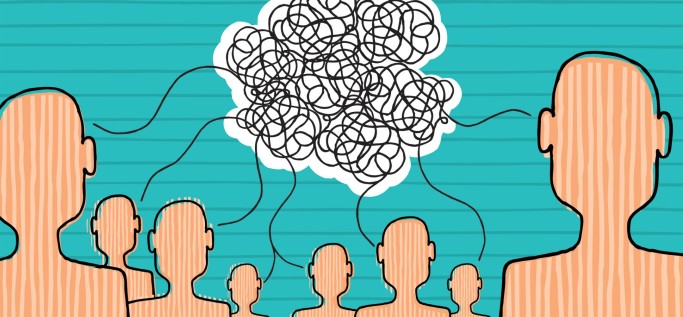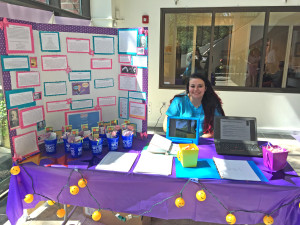

 May 25th, 2016
May 25th, 2016
May is Better Hearing & Speech Month (BHSM) which provides us with an opportunity to raise awareness about communication and speech disorders. Our Colleague Alexis held an information day at one of our locations, handing out informational flyers and fact sheets, and goodie bags with communication-related items. But she wanted to use another communication method, our blog, to raise awareness with even more people. So check out her post below.

Because May is BHSM, I thought it might be nice for everyone to really ask themselves what communication is and what it means. You might think this is an easy question to answer. Your answer is also probably right. There is no single way to communicate. People communicate in many ways throughout their day.
Communication and its many forms
But, what you may consider communication could be entirely different from what someone else considers communication. It all depends of what styles of communication we are capable of. This is the interesting part. Over time, people have adapted to different modes of expressing themselves and through the use of technology, people who were once limited with their communication now have an endless world of self-expression.
Take a moment to imagine a situation where you could not communicate with those around you. You could be on the Autism Spectrum, a person who is deaf or hard of hearing, or someone who is visiting a foreign country and does not speak the native language. Now, I want you to imagine that you are lost and scared about the location you are in. How would you communicate if your means of communication did not match up with those around you? You would quickly become frustrated and either be given the wrong advice from those who cannot understand you, or the people you are trying to talk to may become frustrated and give up on trying to understand you.
Technology changes everything
We are all so fortunate to live in the age of technology because now, communication restraints are starting to disappear. A person who is blind can read signs through braille, a nonverbal individual with Autism can now use an application on an iPad that will verbalize thoughts for them, a person who is deaf can communicate through sign language, and traveling to a foreign country has become easier through use of translating applications and books. Technology has changed the face of communication and it has given people the opportunity to express themselves in a way that they were able to do before.
Communication technology in your pocket
There are apps galore to help those with speech disorders. We’ve compiled a list of some of the best apps to help you get started.
Learn more
To learn more about speech disorders and communication, visit the American Speech-Language Hearing Association here. To learn more about programs, including our Bright Futures Autism Program, please visit our Services and Day Services pages.
Share your favorite styles of communication below!
And remember, everyone deserves a voice.
I love the message behind *BHSM: Everyone Deserves a Voice*—it’s so important to highlight inclusivity and ensure that all perspectives are heard. Giving people a platform to share their stories not only empowers them but also strengthens the community as a whole. It reminds me of Roja Directa in a way: just like fans around the world get to tune in and engage with every match, everyone deserves the chance to be seen and heard. Do you think creating more accessible platforms is the key to amplifying underrepresented voices?